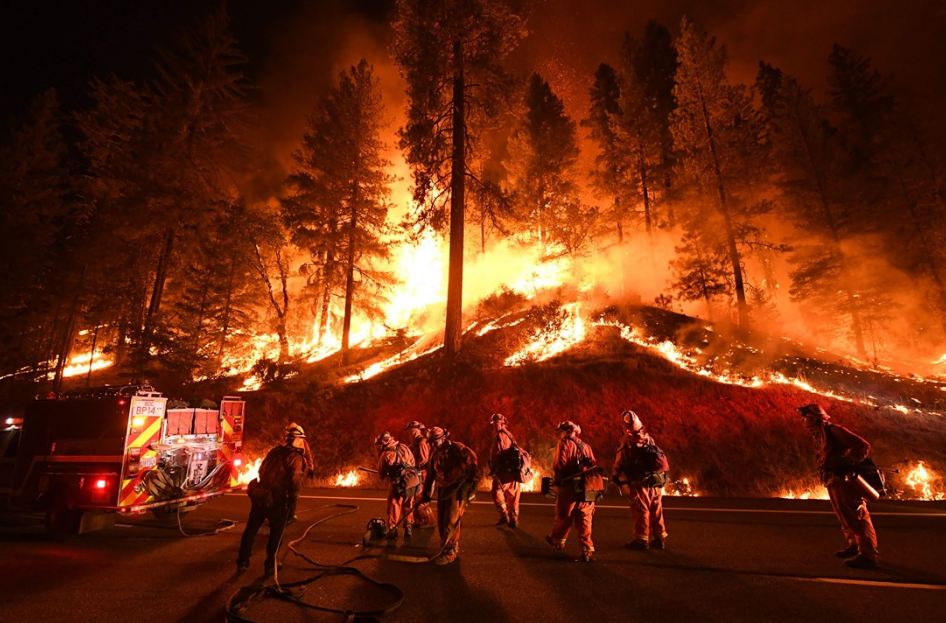This article was published in partnership with Inside Climate News, a nonprofit, independent news outlet that covers climate, energy and the environment, and The Texas Observer, a nonprofit investigative news outlet. This is part 4 of “Super Threats,” a series on Superfund sites and climate change.
For Jake Jeresek, a leader of the U.S. Forest Service’s firefighting operation in the Kootenai National Forest of northwest Montana, blazes in the woods 4 miles east of the town of Libby demand the most urgent response. But, before his crew can snuff any flames in those woods, they must recite a poem.
“When the sunlight strikes raindrops in the air, they act like a tiny prism and form a rainbow,” crew members intone in turn.
The poem is a test of the firefighters’ respirators — a piece of safety equipment required in no other forest in the nation. The verse’s vocalizations ensure the respirators are properly sealed to the firefighters’ faces.
Contaminated by Libby amphibole, a highly toxic mixture of asbestos fibers unleashed by a former mine that has killed hundreds of area residents, this section of forest is an officially designated hazardous waste zone — Superfund Operable Unit 3 of the Environmental Protection Agency’s Libby Asbestos Site.
With wildfires heightened by climate change threatening 234 Superfund sites across the country, according to the federal government, the OU3 Libby Asbestos Site presents a kind of worst-case scenario in which a wildfire could send asbestos-contaminated ash into nearby communities. Some firefighters worry a plume of smoke could carry the forest’s toxins hundreds of miles away.


